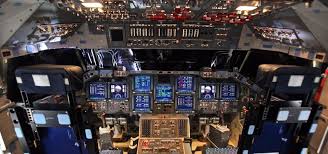Breaking away from my Spyder build thread to ask some advice of those of you who modify electronic things and such. As explained elsewhere, I'm beefing up my bead roller a bit and looking to motorize it with an old power winch.
This winch seems just right. I don't know the reduction ratio but it has three massive thousand-tooth step-down gears in it, the second one of which runs the hand shaft.
That's probably the way to turn the roller but if it's too fast or not enough torque there's a teeny tiny, heavy duty gear on the inside of it that spins the third big gear on the other side of the device, and that's what drives the actual winching mechanism. So I figure I've got two really good shots of this working nice as a direct drive for the roller.
I still have to figure out how to couple it, but that's for later.
Right now my questions are two: First, which power supply would be best to step it down to 12 volt DC from 120 AC? I have on hand both an old ATX computer power supply, which I understand can be modded for this application, and the control boards from the tread mill I took apart years ago for a now-abandoned potter's wheel project for my wife.
That thing ran two electric motors—a big honkin' one that I hope some day to incorporate into something cool, and a much smaller one that raised and lowered the front of the machine. This was all controlled via an LED panel with soft buttons.
Here's the back of that panel:
One of the controls on that panel is for the treadmill speed. There are two arrows pointing different directions and of you press one it goes a little faster; the other a little slower. The feed from it comes out that ethernet looking thing and plugs into...
This likely looking bit of kit. Pretty sure that's my AC/DC converter, judging by the wires going in and out of it.
What I want to do here is to incorporate a potentiometer that's controlled by a foot pedal, as for a sewing machine. I have a feeling that this could be done on a low-voltage/low amperage basis with this thing—as that seems to be what's happening with the stock controller and it's teeny little wires!
But...how?
Here's a better shot of that (presumed) power board. I notice it has several sets of pin-outs that look like they're made to take different kinds of controller inputs.
Can anyone here help me understand what I have here and where I might find (or how I might go about making) a compatible component?
I know if all else fails I can always rig it up to move at one slow speed and put a headlight dimmer switch on a piece of wood on the floor to turn it on and off with my foot. But a real speed control pedal would be so much neater!









